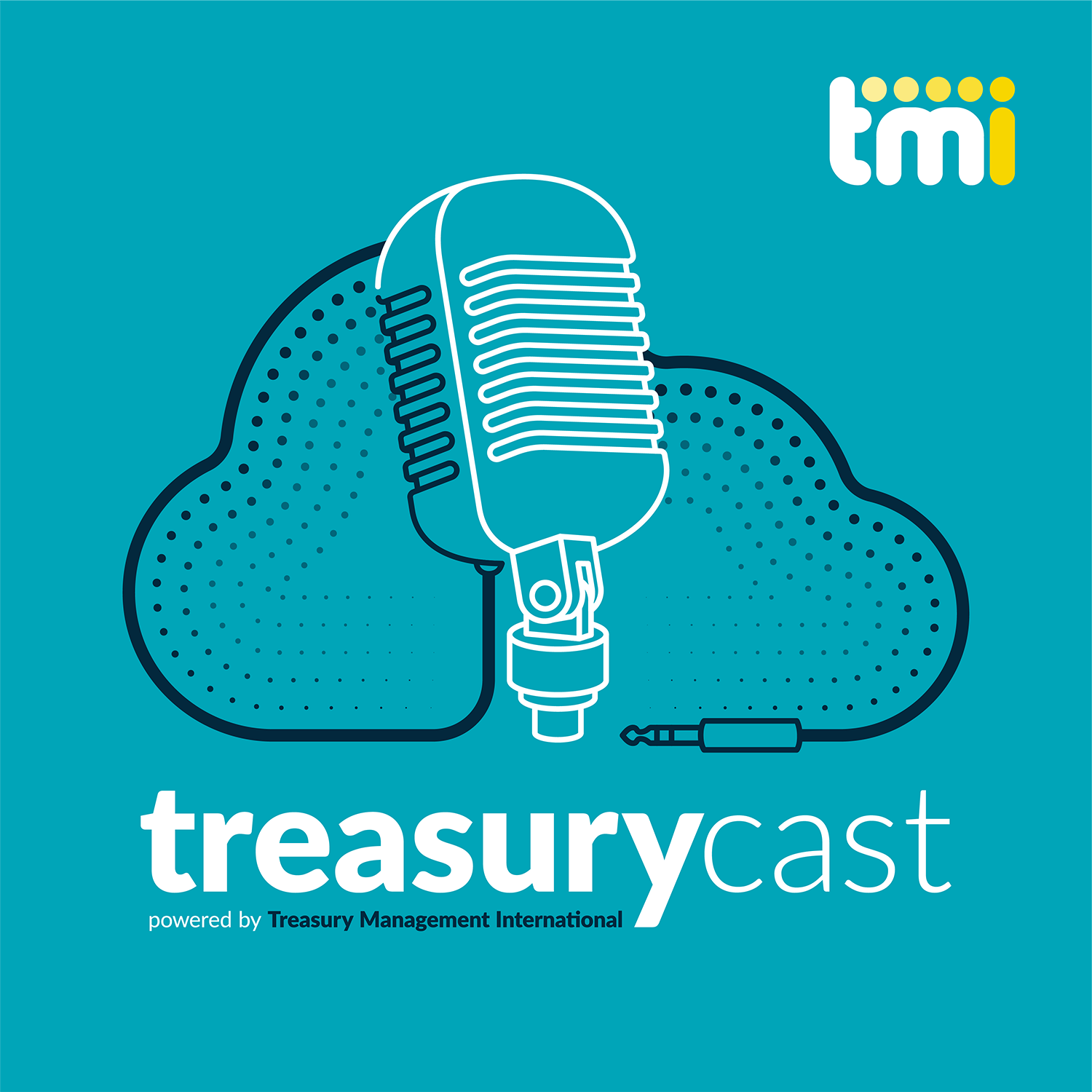- Thomson Reuters integrates all of its FX transaction venues into next-generation FX Trading desktop to streamline access to liquidity for the FX community; includes advanced portfolio order management system for buy-side participants
NEW YORK/LONDON – Thomson Reuters has brought together all of its FX transaction venues onto one platform to create a single point of access to the industry’s largest collective independent pool of FX liquidity. Thomson Reuters request for stream service (FXall QuickTrade), continuous streaming prices (Bank Stream), central limit order books (Matching, Order Book) and conversational dealing platform (Dealing) have now all been fully integrated into the company’s next-generation desktop solution FX Trading.
FX professionals using FX Trading will now have access to liquidity venues that over the past 12 months have facilitated a collective average daily trading volume of $367bn*. They also gain access to new order types such as Peg, TWAP and Icebergs which give traders greater flexibility and choice in execution. Enhanced post-trade capabilities are provided with the integration of Thomson Reuters Trade Notification (TRTN) which offers a post-trade network of over 100 publishers and 1,000 receivers.
To help meet the needs of buy-side users and their providers, FX Trading now incorporates the advanced FXall portfolio order management system (POMS) which improves collaboration and workflow efficiency across a portfolio of trades, including functionality for multiple allocations, currencies and forward dates. For market-makers, FX Trading includes single sign-on to e-commerce, price creation and price distribution capabilities (Electronic Trading and Treasury Center), including provider intervention and automated hedging tools.
FX Trading also provides single sign-on to the powerful pre-trade data and analytics in Thomson Reuters Eikon and Thomson Reuters venue rulebooks help ensure the highest standards for market behavior and transparency are upheld.
“Market volatility, regulatory scrutiny and decreased risk appetite among market participants are all having an impact on FX market liquidity,” said Phil Weisberg, global head of FX at Thomson Reuters. “This is why we want to make it as easy as possible for our clients to find the liquidity they need, have the flexibility to access it efficiently through a choice of venues and order types, and be confident that rigorous standards for behavior are upheld by Thomson Reuters for all users of our platforms. We have had a fantastic response to FX Trading, with thousands of customers in every region already signed up and hundreds more joining each week as we continue to evolve the platform.”
“As the FX market has become more complex and liquidity more challenged, market participants are increasingly demanding flexibility in how they interact with one another,” said Kevin McPartland, head of market structure and technology research at market intelligence and advisory firm Greenwich Associates. “Increasing transactional efficiency while allowing important counterparty relationships to remain intact is critical to the evolution of electronic trading.”
Introduced in 2014, Thomson Reuters FX Trading furthers Thomson Reuters strategy to provide a platform that brings together the best of the company’s pre-trade tools, trading venues and post-trade capabilities into one single next-generation desktop. FX Trading has therefore been designed as the natural upgrade path for users of all its legacy FX transaction venues and will continuously evolve as more functionality and content is added.
* based on Thomson Reuters average daily FX trading volumes across all of its venues over 12 months from 1 October 2014 – 30 September 2015.





